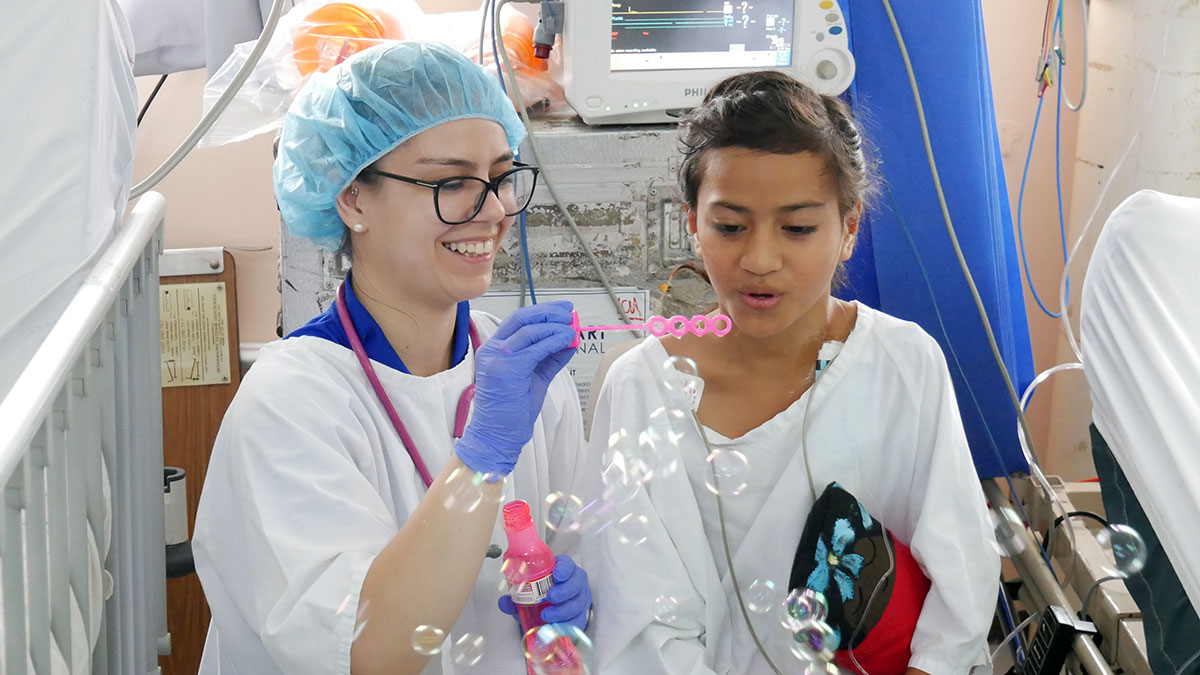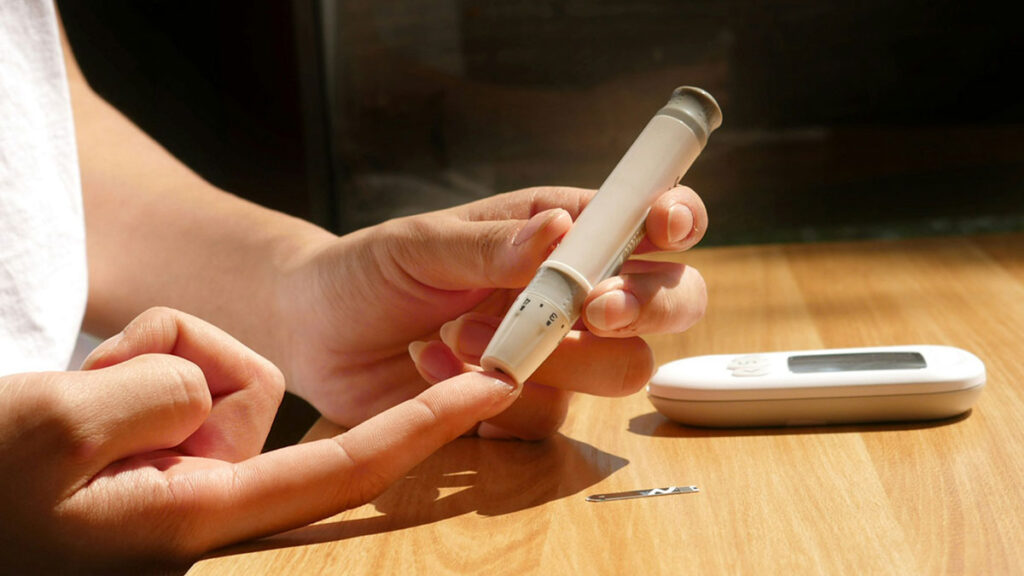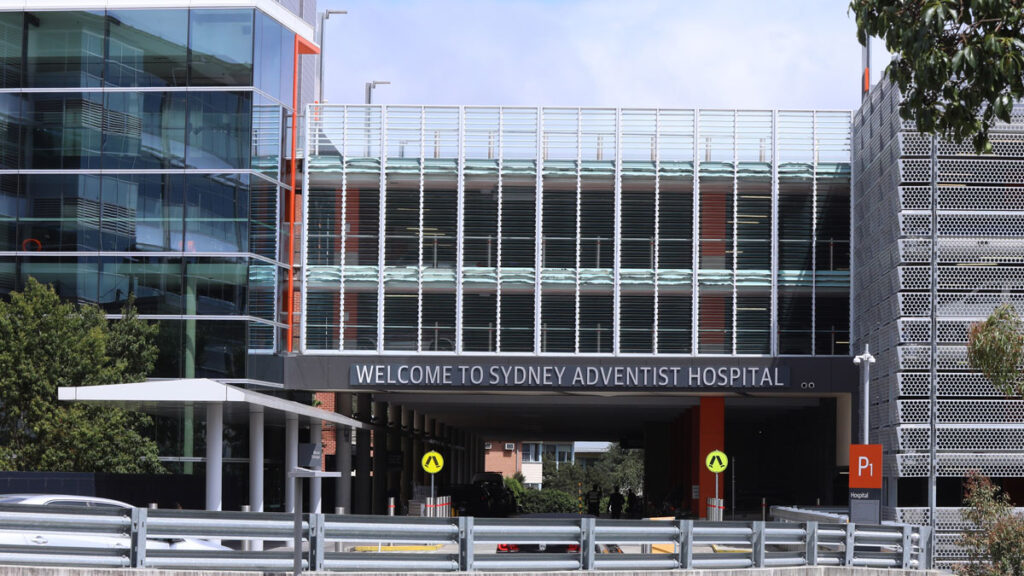Two-year-old Lovai* lies peacefully sleeping in her hospital bed at Vaiola Hospital in Nuku’alofa, Tonga. Her mum is breathing a sigh of relief—it’s been a rough couple of days.
Lovai was recently diagnosed with a ventricular septal defect, commonly known as a hole in the heart, a condition she was born with. It’s not uncommon; in fact approximately one in every 1000 babies born globally has a congenital heart defect. Some defects are minor, but a hole between the chambers of the heart needs attention.
The heart is an amazing organ. Ten years ago, I saw it myself for the first time. I had just been appointed general manager of Open Heart International and invited to witness a heart operation at Sydney Adventist Hospital.
In the year preceding, I’d been in a career crisis. I was a sales manager for an insurance company. The Global Financial Crisis had found its way to Australia. The social and lifestyle choices that my insurance career expected of me were no longer compatible with my growing faith. Despite the marketing spin that told us that insurance was a great community product that protected our way of life, I felt like all my success would amount to was an inflated share price for the company. The job, and the ambitious career path that was ahead, lacked purpose for me. I hoped for more.
Despite my lack of healthcare experience, the business management aspects of the role interested me when I first saw the job advertised in Adventist Record. A friend encouraged me to apply. The three-month recruitment process was a blur.
When I walked into my boss’s office to resign he asked if I could be convinced to stay. The upper management were about to offer a state manager job to me. The career path was mapped out, the salary and bonuses were mouth-watering. I chose to walk away, knowing the money would never be that good ever again.
Now I was peering into an open chest. Was this the “more” I had hoped for?
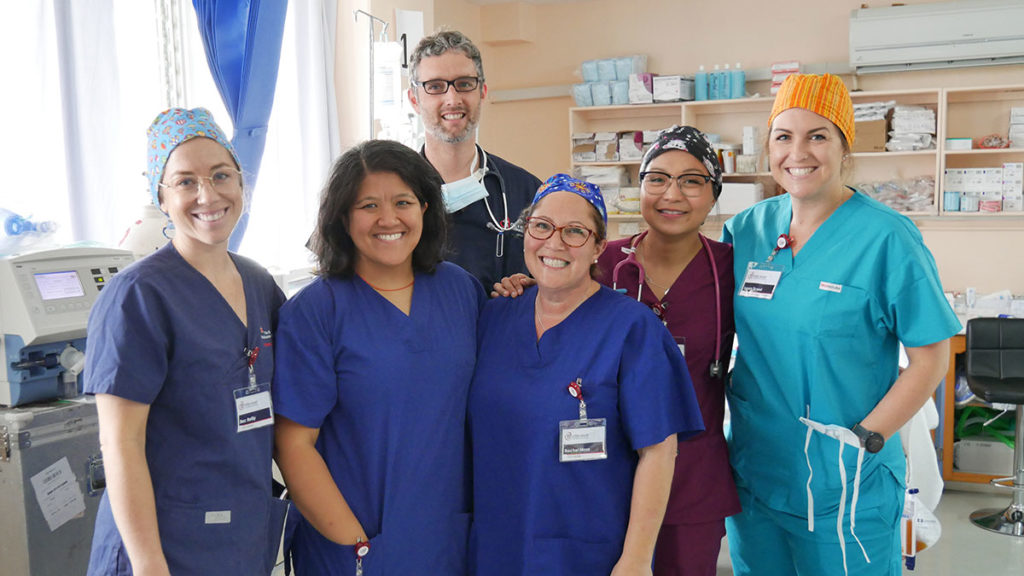
I watched as the surgical team took the patient onto bypass—the process of stopping the heart and transferring the heart and lung function to a large machine responsible for the two important bodily functions—while the surgeon got to work on the still heart. Working through a small opening in the chest, the surgeon made the necessary repairs and then re-started the heart. The monitor with the dreaded “flat line” burst back into its rhythm as the heart started to beat again.
It was in that moment I fell in love with the heart, this muscle that beats continually and sustains our life. The same muscle that we attribute as being the holder of our emotions and feelings. I also fell in love with our Creator in a way that I had never experienced before.
The operating theatre was full of so many machines, so much technology and a team of experts, to keep the body alive while the heart was stopped for a short period of time. The best that the human mind could design and build were these 500-kilogram machines intently watched by expert technicians. But this same tech is built into every heart. If ever there was any doubt in my mind about luck or chance when it came to creation, it was now gone. Something far more intelligent than the human mind uniquely crafted us; it could not be just dumb luck.
Since that first interaction with the heart, I’ve had the privilege to see similar operations many times. I’ve also seen the heart of an amazing group of humanitarians. We like to call Australia the lucky country. But when it comes to healthcare, we’re not just lucky, we’re world-leading. At Open Heart International we believe it’s not only our privilege but our responsibility to share those skills with some of the most disadvantaged communities on the planet.
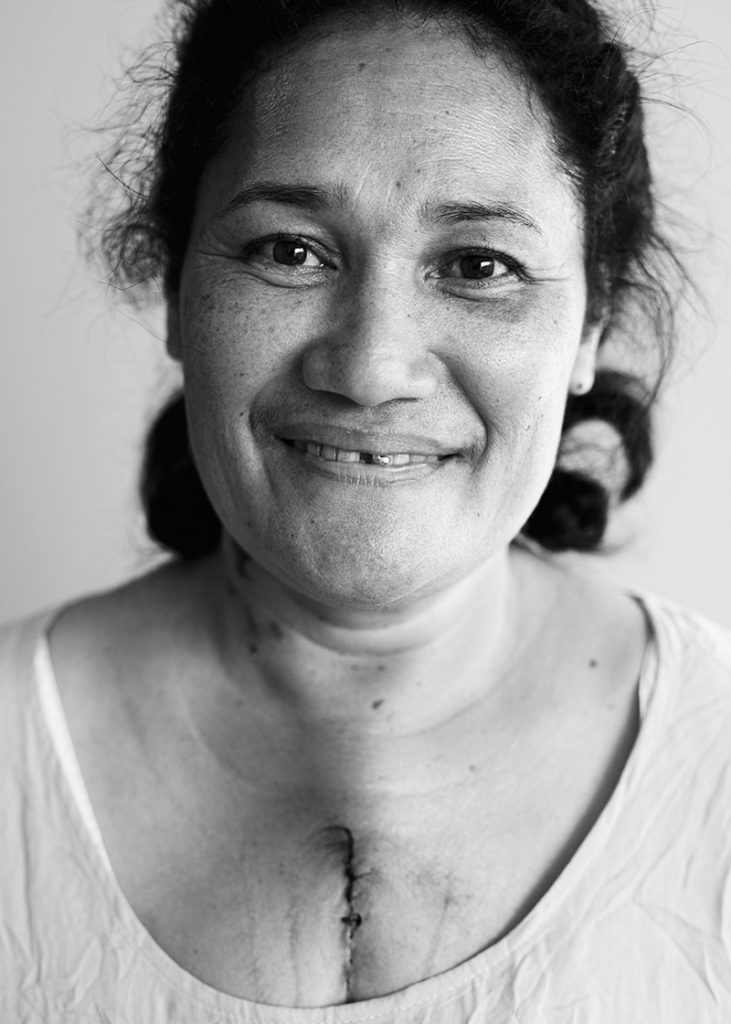
Open Heart International was established as a humanitarian agency by Sydney Adventist Hospital staff as volunteers in 1986. What started as a small mission to Tonga quickly grew into a global effort—across the Pacific, into Asia and, more recently, Africa. As interest grew, it became necessary to grow beyond the staff in one hospital. Nowadays, more than 300 volunteers are deployed annually, representing the San, other hospitals around Australia and even international healthcare organisations. Today Open Heart International is a collaboration between ADRA Australia and Sydney Adventist Hospital, two great Adventist institutions at the forefront of saving lives.
Two months ago, Lovai faced a grim future. The hole in her heart was a death sentence. The condition would lead to frequent infections and illness, a failure to thrive and gain weight, and constant breathlessness. Without intervention, she would have died prematurely.
As a parent of children of similar age to Lovai, living a blessed life in Sydney and within a short drive to a large number of world-class hospitals, help is not far away. If my daughter had a hole in the heart, she would be diagnosed, monitored and scheduled for surgery as soon as it was necessary. Thankfully my daughter’s heart is intact, but it’s nice to know that world-class care is not far away.
For a family in the Kingdom of Tonga, it’s not quite that simple. Heart surgery does not exist. It’s not an issue unique to Tonga, but one repeated time and time again across the developing world. Tonga is full of beautiful friendly people, amazing singing voices and some of the best meals I have ever had in my life. However, there are no cardiologists or cardiac surgeons to be found.
That’s not to say that healthcare in Tonga is in shambles. In fact, it is quite the opposite. The senior medical, surgical and nursing staff at Vaiola Hospital in the country’s capital are some of the best and most committed professionals that I’ve met in my travels across the Pacific. The whole population of Tonga is approximately 90,000; it could fit inside the Melbourne Cricket Ground, so when it comes to healthcare, they have great general surgeons and doctors, but the country lacks the specific specialist expertise needed to fix broken hearts.
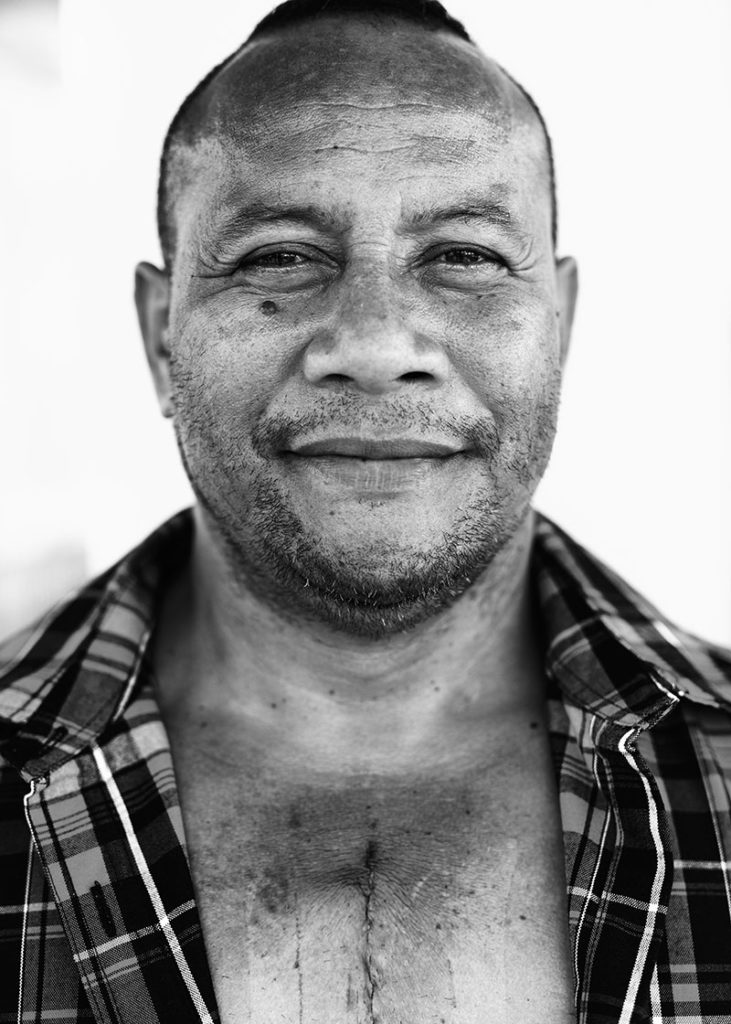
Where you live shouldn’t determine whether you live. Patients in Tonga still need their hearts repaired. That’s where Open Heart International comes in. In September, with the Tongan Ministry of Health, we deployed a 50-strong team of volunteers comprising surgeons, doctors and nurses specifically to mend Tonga’s broken hearts. We also freighted more than 3000 kg of equipment and supplies essential for their operations from Australia. Watching people convert 10 pallets of boxes and crates into a mobile functioning cardiac surgery centre in a few hours is a beauty that needs to be seen to be understood.
The visit is part of the long-term commitment that Open Heart International has made to Tonga. It involves continuing to provide heart surgery that is unavailable in the country, as well as building capacity and providing education and equipment to help Tongan doctors and nurses diagnose heart problems and look after patients more effectively after surgery. Thanks to the partnership with ADRA Australia, the Tonga program can expand even further with additional funding from the Australian Government through the Australian NGO Cooperation program. For each $A1 that we can commit and raise to the project, we receive $A5 from the Australian government.
Over the course of the two-week visit, 33 patients received heart surgery. Lovai was one of 20 children whose heart defect was repaired. A patch was inserted directly into her heart to cover the hole. A few days later, after a short stint in the Intensive Care Unit, she was well and truly on the road to recovery. Her mother got to cuddle her daughter, to take her back home and tell her that everything was going to be okay.
The statistics suggest that Lovai will now have a normal life expectancy. The operation was a full fix of the problem, and she’ll be able to grow up, living the life of opportunity and hope that we have for all our children—the life that they deserve. The pain of the uncertain future for a broken heart has been removed; the scar on her chest a permanent reminder of the big hearts of a group of Australians who gave their time and their money to give hope to a little girl and a family who had possibly lost all hope.
Next month, Sydney Adventist Hospital will unveil a new collection of artworks throughout the hospital. The God of Hope artworks celebrate the hope, healing and resilience of our amazing Creator. The Creator of our unique bodies, with the intricate complexity of the heart. And the Creator of talented humanitarians and clinicians, who are able to also provide hope when all seems lost, at the San and elsewhere around the world. Part of the collection is a stunning portrait of Lovai (see below), along with four of her fellow patients who also received the gift of hope and healing in Tonga.
The God we serve is a God of hope. In Jeremiah 29:11 He makes that clear: “‘For I know the plans I have for you’, declares the Lord, ‘Plans to prosper you and not to harm you, plans to give you hope and a future.’” It was not God’s plan for Lovai’s heart to be defective at birth for reasons that science has not yet found an answer to. He has great plans for Lovai’s future and the 32 other Tongans whose hearts will now beat for much longer than they each believed would be the case a few months ago. What are you hoping for?
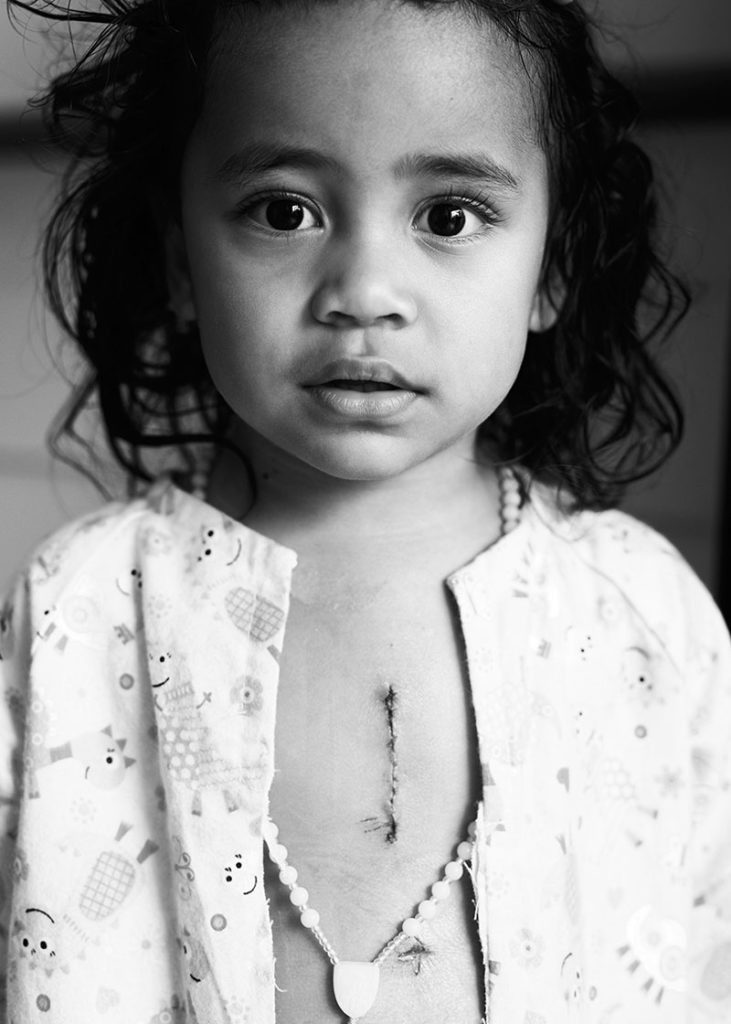
For more information or to support the work of Open Heart International please visit www.ohi.org.au.
* Open Heart International chooses to change the names of child patients who have been treated for child protection and privacy purposes.
Michael Were is managing director of Open Heart International.

